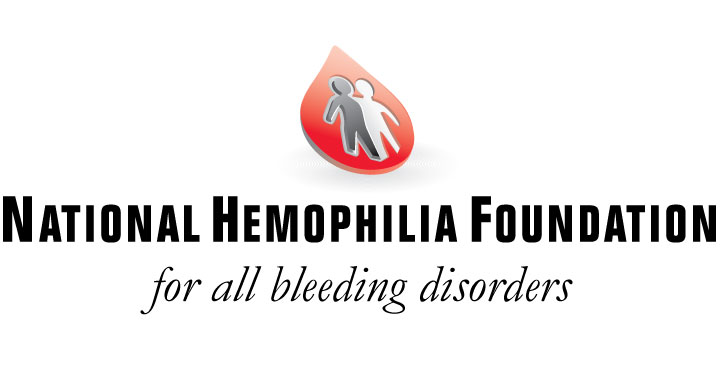
The following document was approved by the Medical and Scientific Advisory Council (MASAC) on August 15, 2015, and adopted by the NHF Board of Directors on October 6, 2015.
Inhibitors are an important public health issue that result in increased morbidity and mortality and substantially increased financial burden for people with hemophilia. The CDC’s Hemophilia Inhibitor Research Study (HIRS) had two key findings: all people with hemophilia are at risk, even those with mild disease; and many individuals with an inhibitor may not have clinical signs so inhibitor testing is critical for the diagnosis. (1) Furthermore, regular screening for an inhibitor increases the likelihood that an inhibitor will be diagnosed early and may result in an increased likelihood for successful eradication. Inhibitor tests are not only the key endpoint for clinical care decisions, but are also critical for evaluation of product safety, assessment of population trends, and studies of inhibitor risks.
Despite this, previous analyses of surveillance data have shown that only half of the population with severe hemophilia in the US Hemophilia Treatment Center (HTC) network were screened for inhibitors from 2006 -2010, and moreover, that a number of HTCs screened none of these individuals for inhibitors over this period. (2) At a national surveillance meeting held in 2012, the most important barriers to screening were identified to be cost (tests often not covered by insurance) and lack of the ability of local laboratories to perform testing on individuals who had recently infused factor. (2)

